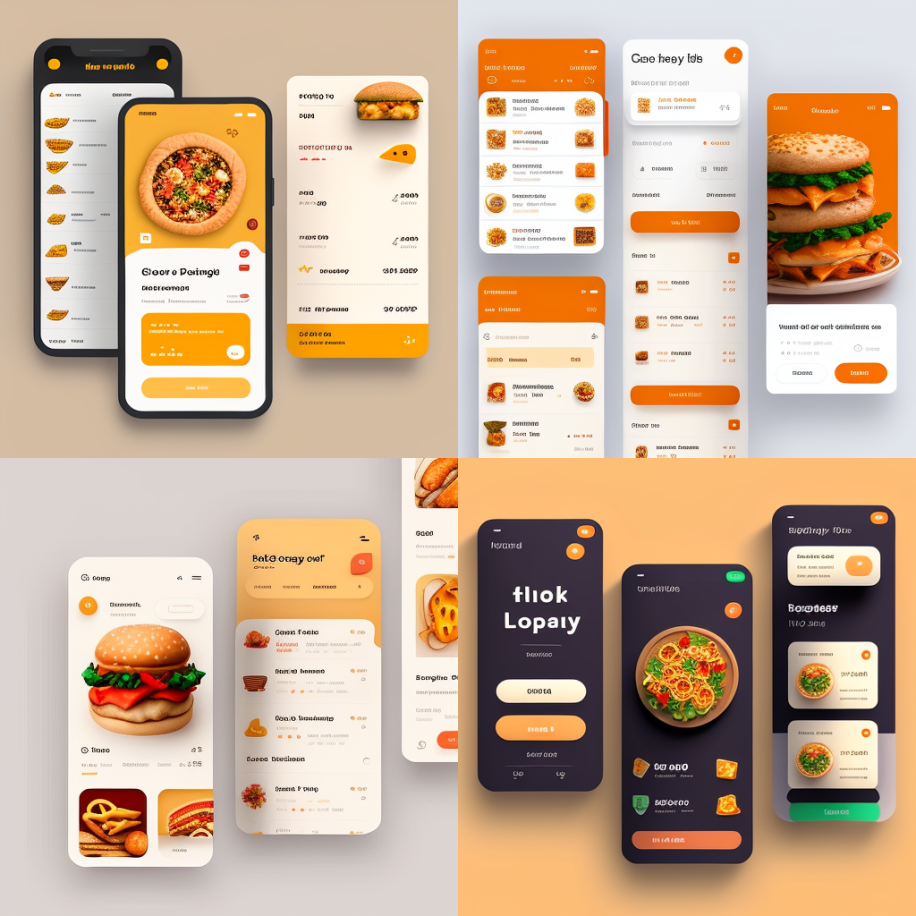JuJu News Hub
Your go-to source for the latest trends and insightful articles.
Designing Delight: How UI/UX Can Win Hearts and Clicks
Unlock the secrets of UI/UX design that captivate users and boost engagement. Transform clicks into connections today!
The Psychology Behind User-Centered Design: Creating Emotional Connections
User-Centered Design (UCD) is more than a methodology; it is a mindset rooted in the psychology of human behavior. Understanding users’ needs, preferences, and emotional responses is key to creating products that resonate with them. By observing how users interact with a product, designers can uncover valuable insights that inform their design choices. This connection to emotional intelligence allows for the development of interfaces that feel intuitive, fostering a sense of familiarity and comfort. As a result, UCD elevates user experiences by not only addressing functional requirements but also tapping into emotional triggers that motivate users.
To forge strong emotional connections, designers can employ various psychological principles. For instance, the principle of consistency ensures that users encounter familiar elements throughout their journey, minimizing cognitive load and enhancing satisfaction. Additionally, leveraging visual hierarchy can guide users’ attention to critical information, making their experience more seamless. Incorporating storytelling elements into design can also evoke emotions, helping users relate to the product on a personal level. Ultimately, understanding the psychological aspects of user behavior empowers designers to create experiences that not only meet user needs but also establish lasting emotional bonds.

Essential UI/UX Principles to Boost User Engagement and Satisfaction
In the digital landscape, understanding essential UI/UX principles is crucial for enhancing user engagement and satisfaction. One of the foundational principles is consistency, which ensures that users can navigate your website or application intuitively. This includes maintaining uniform styles, colors, and language across all pages. Another important principle is responsive design, which allows your platform to adapt to various devices, ensuring a seamless experience regardless of whether users are on a desktop, tablet, or smartphone.
Moreover, the importance of user feedback cannot be understated. Implementing features such as feedback forms and user testing sessions helps in understanding user behavior and preferences. It's also vital to focus on visual hierarchy, guiding users' attention towards the most important elements on the screen. By strategically placing calls to action and prioritizing content, you can significantly increase user interactions and satisfaction rates. Incorporating these essential UI/UX principles into your design strategy will pave the way for a more engaging and user-friendly experience.
How to Conduct User Research: Uncovering Needs for Delightful Experiences
Conducting user research is a vital step in understanding your audience's needs and preferences. User research involves several methodologies such as interviews, surveys, and usability testing, which can help you gain insights into user behaviors. Begin by defining your research goals and creating a list of key questions that you want to answer. Once you have a clear understanding of what you’re looking to discover, recruit participants that accurately represent your target audience. Remember, the more diverse your sample, the richer the data you will collect.
After gathering data, it’s essential to analyze and synthesize your findings to identify common themes and patterns. Use techniques like affinity diagrams or customer journey mapping to visualize user needs. By uncovering these insights, you can prioritize features or improvements that will enhance user experience. Finally, share your findings with your team to create a collaborative approach to designing delightful experiences that not only meet but exceed user expectations.